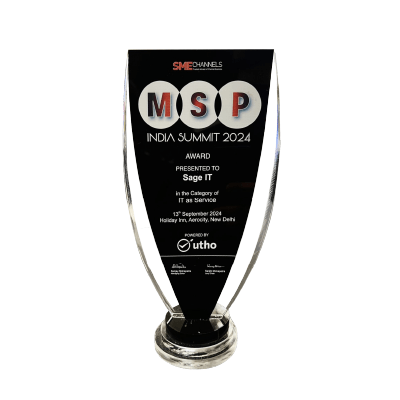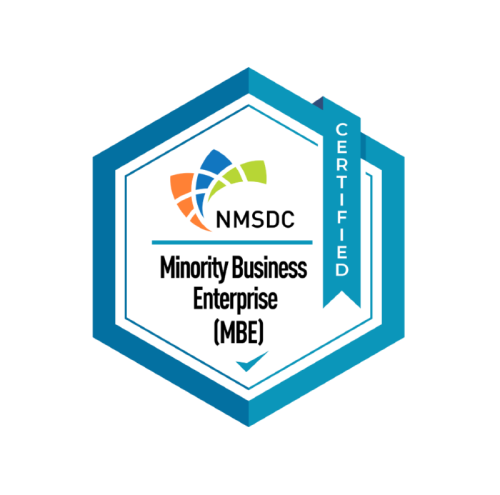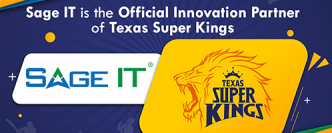IT Security Services

Expertise and Resources: MDR services often come with a team of security experts who analyze alerts, investigate incidents, and provide guidance on mitigating and responding to threats
OT Security Services
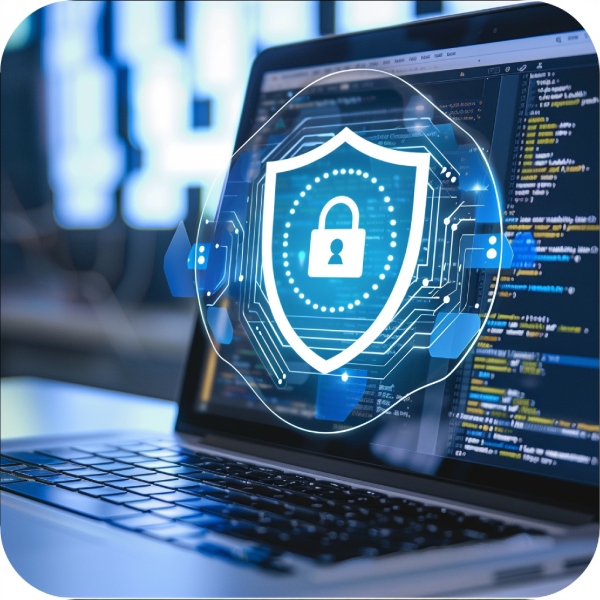

Managed Security Services
Managed Security Services (MSS) involve outsourcing aspects of an organization’s cybersecurity to a third-party service provider. These services are designed to enhance the overall security posture of the organization, leveraging external expertise, advanced technologies, and continuous monitoring. MSS providers deliver a range of security services to help organizations protect their systems, data, and networks from cyber threats. Here are key components typically associated with Managed Security Services:
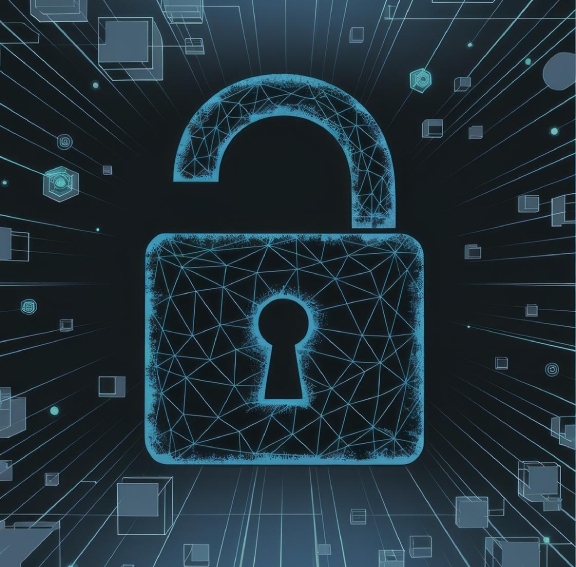
Cloud Security Posture Management
Cloud Security Posture Management (CSPM) refers to the set of practices and technologies designed to ensure the secure configuration of cloud resources and services. CSPM focuses on preventing misconfigurations and vulnerabilities that could lead to security breaches in cloud environments. As organizations increasingly adopt cloud services, CSPM becomes a critical component of their overall cloud security strategy. Key components of Cloud Security Posture Management include:

Secure Enterprise Access
SASE (Secure Access Service Edge) and SSE (Secure Service Edge) are terms related to network security architectures that aim to provide secure access to applications and services. While there is a lot of overlap between the two concepts, they are not always used interchangeably. Let’s explore each term
Continuous Compliance
Continuous Compliance services refer to an approach in cybersecurity that focuses on maintaining compliance with relevant regulations, standards, and security policies on an ongoing basis. Traditional compliance efforts often involve periodic assessments and audits. In contrast, continuous compliance aims to create a more dynamic and responsive framework, ensuring that security controls are consistently in place and effective. Key aspects of Continuous Compliance services include:

VA/PT Services
VA/PT services refer to Vulnerability Assessment and Penetration Testing services, both of which are crucial components of cybersecurity strategies aimed at identifying and addressing security weaknesses in an organization’s systems and networks.
Safeguarding the future of your digital landscape requires more than just security
It demands a comprehensive approach that intertwines resilience, compliance, and proactive measures. At Sage IT, our Cybersecurity and Compliance Services stand as the vigilant guardians of your organizational integrity.


